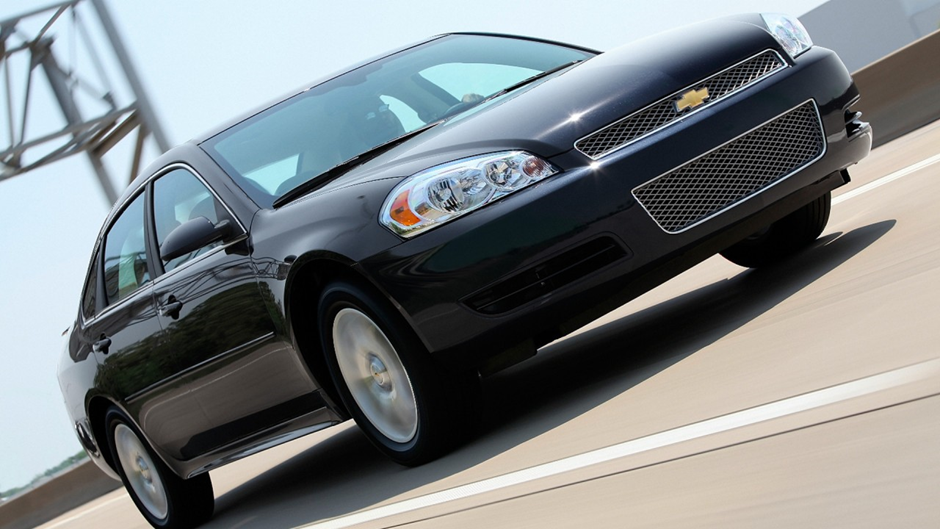Although the name Model T has won renown in another family, created by a competing car home, General Motors through its Chevrolet brand had the audacity to copy that successful name in one of their vehicles.
Announcement Chevrolet Model T
The Chevrolet Model T car was born in 1917 to be the patriarch of a number of commercial vehicles of the brand, which unfold a long history of service, since the heavy lifting, passing cargo transport in the cities and countryside, and finally turning become one of the preferred products of American consumers, having recorded his glory also in other places of the world.
Versatility and simplicity of construction, the segment of trucks, in American appellation, which we call here pickups but can also receive various names such as vans, pickup trucks, pickups, officially, according to the definition of the Brazilian Traffic Code, is truck, vehicle designed to transport cargo gross weight up to 3500 kg with cargo compartment separated from the passenger.
Whenever I think of pickups, remember its versatility and multiple applications, much like the music of Kid Rock says, “In the street, in the rain, on the farm …”
The patriarch of a generation
The first Chevrolet pickup truck, the Model T 1 English ton (0.907 kg), had a not very common proposal for commercial vehicles of the era with very own components and parts, but using the engine 3.7 liter 4-cylinder and changes of passenger cars Chevrolet Series FA box
Chevrolet manufactured the chassis, fenders, structure of the engine bay and windshield. The rest of the cabin was then installed by specialized companies or even some dealerships brand.
Another interesting solution was mounting tires on the front and solid bands on the back. The wheelbase of 3175 mm, was initially only had brake the rear wheels. Capable of reaching maximum speed of 40 km / h, started using tires on all four wheels since 1921.
Chevrolet Model T
Was thus inaugurated one of the biggest rivalries in the American auto market? With the provocative name, the Chevrolet Ford declared war on the segment of vans, where Ford was already present through the aftermarket conversions made on the chassis of “his” Model T, and then from 1917 when Henry Ford added Model TT (T ton) to its product line. The product was then launched the Chevrolet that year, in response to the initiative of Ford.
Another parallel dispute that also happened in the segment as the engine was available for the pickups. In the first “official” factory models GM came out in front with 26 hp (26.4 kW), compared to 20 hp (20.3 hp) available in Ford unit, both 4-cylinder.
Chevrolet sales were still near the tiny volume of Ford, but grew gradually. In 1917 about 900 units were sold, jumping to nearly 8,000 in 1918, but representing only 10% of trucks sold by Ford.
Model 1927 Capitol
During the 1920s the Chevy Trucks kept the design features front and the same engine of Chevrolet passenger cars. The line of vehicles Capitol, 1927 was a pickup version, the 1928 National line, too, as well as the International in 1929.
Motor stove bolt six online colanders
Stove bolt is a name that would remain echoing in the minds of consumers and disturbing the sleep of competition for over 50 years. The wonder of cast iron (even better in the original: “Cast-Iron Wonder”), launched at the 1929 International line, six-cylinder had and gave new life to Chevy, scaring the Ford family. Delivering 50 hp (50.7 kW) and cubic capacity of 3,180 cc (194 cubic inches), the new engine required a new vault and a longer front, characteristic of International and successive versions.
1939 Chevrolet Pick-up
Another innovation in the line of business was the new Chevy and second choice of color, the blue Bluebell, which is now on par with the traditional black.



